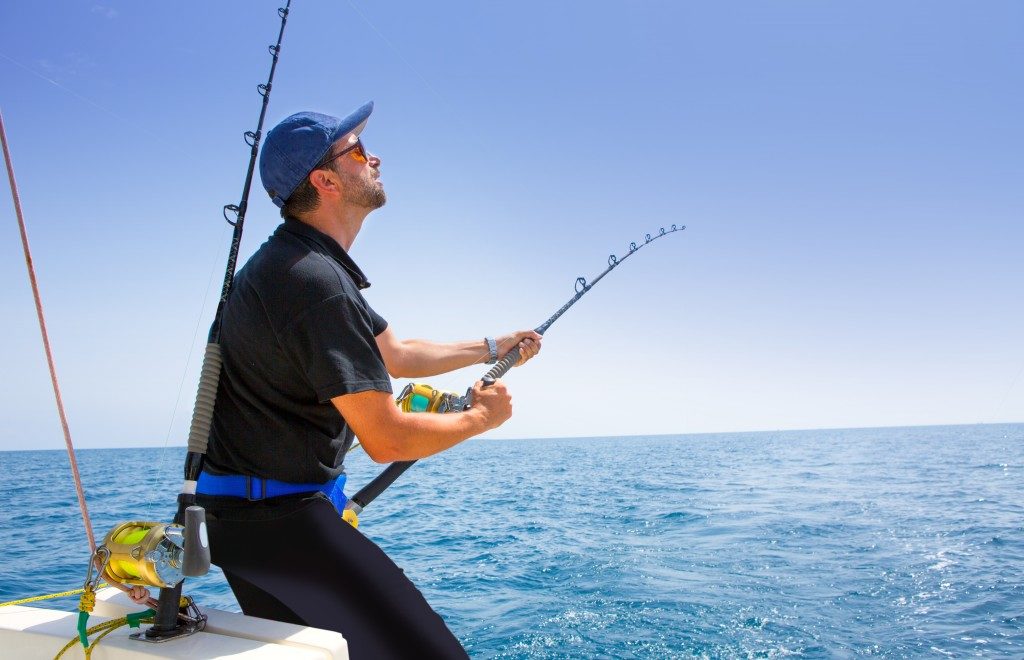- Prompt medical attention post-sports injury helps diagnose accurately, prevent complications, and plan effective treatment.
- Physical therapy, balanced nutrition, and mental health management are critical components of the recovery process.
- Gradually returning to sports activity, under professional supervision, prevents re-injury and ensures a successful comeback.
- Avoiding aggravation and overuse of injured areas is crucial to prevent further injuries or chronic issues.
A sports injury can dramatically alter one’s life, significantly changing physical capabilities, daily routines, and overall quality of life. According to the U.S. Department of Health and Human Services, roughly 8.6 million sports and recreation-related injuries occur annually in the United States alone. This data underscores the profound impact these injuries can have on individuals, affecting their ability to engage in physical activities and their mental and emotional well-being.
The road to recovery can be long and arduous, but it will be necessary when you have to return to the sports field. Here are a few steps to consider when trying to manage and recover from a sports injury:
Seeking Medical Attention

When sustaining a sports injury, seeking medical attention swiftly and promptly is paramount. First and foremost, healthcare professionals can accurately diagnose the extent of your damage using their expertise and medical tools. This step is critical as it lays the foundation for an effective treatment plan.
Furthermore, immediate medical attention can prevent complications that could escalate the injury. When not correctly diagnosed or treated, simple sprains or fractures could lead to long-term physical deficits, chronic pain, or even permanent disability.
Medical consultation is also essential in understanding the rehabilitation process and setting realistic recovery goals, enabling a safer and more efficient return to sports. Ignoring an injury or adopting self-treatment methods can lead to more harm than good, emphasizing the absolute need for professional medical consultation.
Getting on the Road to Recovery
Once you have received the necessary medical attention and guidance, it is crucial to follow their instructions to speed up your recovery. Depending on the severity of the injury, rehabilitation may include physical therapy, medications, or surgery. Following a doctor’s plan will ensure your body can heal appropriately while protecting you from further injury. Here are the steps to consider:
Embrace Physical Therapy
Physical therapy is a crucial component of the recovery process. These specialized treatments help restore strength and mobility in the injured area. For example, if you’ve suffered a knee injury, you’ll likely undergo a series of exercises designed to gradually increase the knee’s range of motion and strengthen the surrounding muscles. Consistency is vital in physical therapy; skipping sessions can delay your recovery. You can work with a reliable physical therapist to ensure efficient recovery.
Maintain a Balanced Diet
Nutrition plays a critical role in speeding up the recovery process. A well-balanced diet rich in proteins, vitamins, and essential minerals can aid tissue repair and reduce inflammation. For instance, foods high in omega-3 fatty acids, like salmon or flax seeds, can help manage inflammation, while lean proteins assist in muscle recovery and growth.
Mental Health is Paramount
Recovering from a sports injury is not just a physical journey but also an emotional one. It’s common to experience frustration, anxiety, or depression during this time. Mindfulness activities, such as meditation or yoga, can help maintain a positive mindset. Professional counseling or therapy may also be beneficial in managing any emotional turmoil experienced during this phase.
Gradual Return to Activity
Resuming sports activity should be a gradual process. Light exercises and increasing intensity under professional supervision can prevent re-injury. For example, a basketball player recovering from an ankle sprain should focus on basic mobility exercises before moving on to sport-specific drills. Patience and listening to your body are essential during this phase to ensure a triumphant return to sports.
Avoiding Aggravation

Avoiding aggravation is a critical factor in recovering from a sports injury. This involves refraining from activities that could exacerbate your damage or cause unnecessary strain on the recovering part of your body. Pushing your body beyond its current capacity in the name of progress could lead to setbacks in your recovery. It’s essential to recognize that healing takes time, and rushing the process could lead to chronic issues or re-injury.
Moreover, the overuse of injured areas could lead to a condition known as ‘compensation injury,’ where one part of the body overcompensates for the wounded part, leading to new injuries. Therefore, it’s crucial to heed your body’s signals and follow your doctor’s advice regarding limitations on physical activity.
Final Thoughts
Undergoing a sports injury can be incredibly challenging, but you can get back on your feet with the right approach and attitude. Following the steps discussed here will make your journey to complete recovery smoother and less arduous. With that said, it’s essential to remember that each individual reacts differently to treatment – so don’t be disheartened if your progress isn’t the same as that of your peers. Given the proper support and effort, you, too, can return to the sports field with confidence and enthusiasm!


